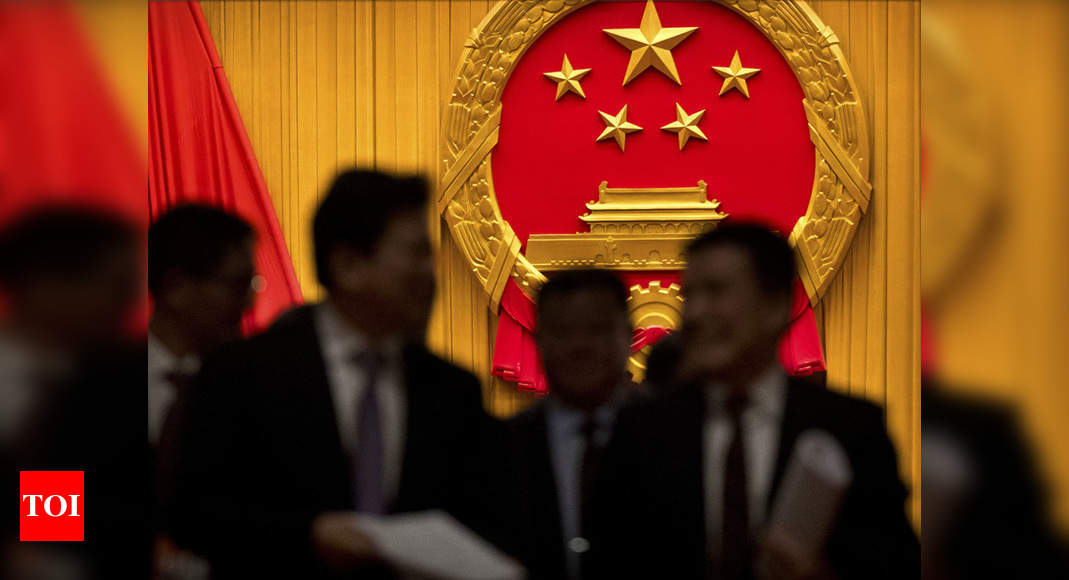What the T-90S Bhishma is capable of against modern Chinese tanks.
SOURCE : defenceview
View attachment 70462
In June of this year, Indian and Chinese border guards began to actively
to be each other with all the improvised objects,both sides began to rapidly draw powerful armoured fists into the conflict area.
A potential battleground was a salt wasteland in the high-altitude region of Aksai chin in the Galwan valley of Ladakh. The heights here reach 5000 meters above sea level. The Chinese brought their newest lightweight Type-15 tanks, created specifically for the conditions of the highlands.
Chinese Tank Type-15 on a trailer on the way to the Indo-China border
The Indians responded by sending a mixed tank division to the Tibetan mountain lake of Pangong-Soo. It included T-72M1 Ajeya and T-90C Bhishma…
Indian army T-90s MBT during army day parade
These machines have a Russian pedigree, although they are assembled in the Indian city of Chennai (formerly Madras).
T-90 tanks at the Awadi plant assembly plant in Chennai.
If the parties had decided to open conflict, as has happened many times in history, Chinese and Russian vehicles of the third tank generation would have clashed on the battlefield for the first time. Let’s try to guess what the outcome of this meeting could be.
Indian army T-90s during Republic Day parade
The T-90C Bhishma appeared in Indian armed forces at the very beginning of this millennium. India Currently operates 2011 T-90S ‘Bhishma’ which were procured in three separate orders. Two batches (124 Russian built tanks and 186 tanks to be built in India in 2001 and a further 124 Russian built tanks and 223 tanks to be built in India in 2007) were purchased from Russia. Heavy Vehicle Factory (HVF) at Avadi has delivered 24 tanks in 2009-10; 51 in 2010-11; another 50-100 were supposed to be delivered in 2012. A further 1,000 were to be produced locally by 2020 under a deal in 2004. Of those, the first batch of 10 were delivered in August 2009. A ₹13,448 crore (US$1.9 billion) purchase of 464 new T-90MS tanks for 8 tank regiments for the China border has been approved and reportedly signed as of early November 2019. The Indian Army has announced plans to procure driver’s night sights based on uncooled thermal imaging technology for 1,400 of its T-90S tanks in order to permit full night operations. As an alternative to the capricious and expensive “Arjun,” the Indian military decided to purchase a Russian T-90.

India knows the capabilities of Russian armored vehicles well, and the T-72 was at that time the most massive tank of the Indian army. Local engineers provided the T-90 with French sights, an upgraded Russian 125mm 2A46M-5 gun, and a number of small additions, such as an automatic loader and a remote anti-aircraft gun. In addition to the letters and digital designations, the tank was named “Bhishma” in honor of the noble hero of the Indian epic “Mahabharata”. Its local modification of the T-90MS is now considered by specialists to be one of the most effective machines for action in the highlands around the world.
Indian T-90MS at an altitude of 4700 meters.
The Chinese Tank Type-15 (VT-5) is the newest product of the military industry of the CCP. It was first shown in public during the grand military parade in honor of the 70th anniversary of the People’s Republic of China, in October 2019.
Type 15 at the parade.
It is believed that in the design of this machine Chinese engineers for the first time seriously moved away from the concepts of the Soviet tank school and did something original. By weight, the “Chinese” is not close to the general modern tank, but to the classic “Thirty-four”. It is at least ten tons lighter than Bhishma and has its own armor protecting only from small shells, bullets and shrapnel. The Chinese specialists hope to overcome the lag from heavier brethren at the expense of overhead elements. But even with them, the protection of the Chinese baby is not particularly inspiring, although it is not easy to call it too. It is doubtful and rifled 105mm gun, based on an outdated British gun, and even additional anti-tank missiles do not save.
Type 15 tank
Type-15, in significant quantities seen on the entrances to the Aksai chin region, loses to the “Indian” in all basic parameters, except, perhaps, the mobility and thrust of the engine. But how these benefits will affect the Tibetan cramps is a big question. Most likely, China does not expect to seriously fight on them with the Indians and arranges inspections for future potential buyers.
PLA Type-99 MBT during Military Parade
A much more dangerous opponent of the Indian “Bhishma” can be considered Type-99, the main Chinese tank, and its numerous modifications. Like the Indian tanks, type-99 tanks are based on the constructive solutions of the Soviet T-72. The Chinese in the Tibetan Highlands to date Type-99 has not yet been seen. Comparative analysis of the T-90 and Type-99, as well as the main battle tank Al-Khalid, the Army of Pakistan, we will conduct in one of the future materials.
 weird right ?
weird right ?

 i am guessing they are there , free sat images are too shitty to see them ,
i am guessing they are there , free sat images are too shitty to see them ,




